Pre Settlement Building Inspection - Checklist
Planning for settlement day when buying
There are a number of things you need to do before settlement day to make sure everything runs smoothly.Summary of important things to know
If you find issues during the pre-settlement inspection If you find damage during your pre-settlement inspection that wasn’t present when you signed the sale and purchase agreement or if a chattel is missing, contact your lawyer or conveyancer immediately. Your lawyer or conveyancer will outline your options and can negotiate with the seller’s lawyer or conveyancer to rectify the situation. Settled.govt.nz Contact the agent to arrange the pre-settlement inspection. It should be at least 2 working days before the settlement date so there is time for the seller to address any issues. If the property is tenanted, be aware that extra time may be needed for the landlord to get the tenant's consent for the inspection. If it’s important to you that the property is clean and ready for you to move in, you can include this as a condition in the sale and purchase agreement, for example, by stating that the house is to be commercially cleaned.
1 Comment
New Zealand Healthy Homes Standards - What are they?
The Healthy Homes Standards?
The Healthy Homes Standards are part of the Residential Tenancies Act. The Act requires all rental homes to comply with specific regulations regarding insulation, heating, ventilation, moisture ingress & drainage and draught stopping by July 2021. Insulation Standard The minimum level of ceiling and underfloor insulation must either meet the 2008 Building Code, or (for existing ceiling insulation) have a minimum thickness of 120mm and be in reasonable condition with no dampness, damage or displacement. The new Healthy Home regulations also specify where insulation exemption applies. Heating Standard Landlords must provide one or more fixed heaters that can directly heat the main living room. The heater must be an acceptable type and must meet the minimum heating capacity required for your living room. The World Health Organization (WHO) recommends a minimum indoor temperature of 18˚C. By installing a heater that can reach this temperature on the coldest days of the year, tenants will be able to keep warm all year round. Ventilation Standard Ventilation must include openable windows in each habitable space. The windows must comprise at least 5% of the floor area of that space. An appropriately sized (externally vented) extraction fan or rangehood must be installed in rooms with a bath or shower or indoor cooktop Moisture Ingress & Drainage Standard The Healthy Homes standards reinforce existing law that says landlords must have adequate drainage and guttering. If a rental property has an enclosed subfloor space, it must have an on-ground moisture barrier, which will stop moisture rising into the home. Draught Stopping Standard Any gaps or holes in walls, ceilings, windows, floors and doors that cause unreasonable draughts must be blocked. This includes all unused open fireplaces and chimneys When Rental Property required to comply with new standards? From 1st July 2021, landlords must ensure that all rental homes comply with the Standards within 90 days of any new or renewed tenancy. By 1st July 2024, all rental homes must comply with the Standards, regardless of when the tenancy began. Book an inspection now! Inspection starting from $295 free phone: 0800 080 125 Pre Purchase Building Inspection Business Franchise System - Available now! Selling Nationwide
Savvy Houz Inspections provide the most comprehensive pre-purchase/pre-sale house inspection services with easy to read/colour coded building reports for the discerning customer to make the best buying/selling decision.
If you are a qualified LBP builder and have thought about getting off the tools? This is one for you by owning your own profitable turn key business. Our low cost entry franchise model will give you the chance to fulfil your dreams of self-employment, job security and un-capped financial possibilities. WHAT WE OFFER:
WHO ARE YOU:
Why? Earn income of over $100k + for 1 report/day Why not? Why not you? WHY NOT YOU NOW? Start your Savvy Houz success story today! Get in touch? Work from home, low overhead. Become your own boss. Your initial call may just change your life. Don’t wait this will be selling FAST. A: Christchurch - South B: Christchurch - Central - SOLD C: Christchurch – North Schedule a time to talk at savvyhouz@gmail.com https://www.trademe.co.nz/a/marketplace/business-farming-industry/businesses-for-sale/other/listing/3231488474  GO GREEN! Tips to save you more money $$$ Clean energy and making small eco-friendly changes can not only make a positive impact on the environment, but help your business save money. Making your business more sustainable can have added extra benefits too - such as improving brand perceptions and helping to gain like-minded clientele. The SAVVY team has pulled together easy and budget-friendly strides you can do to help make your business green. 1. Paperless One easy trick to ‘going green’ is as simple as converting to a paperless business. Savvy Houz is a great tool to use to streamline invoicing, keep in contact with clients and store contact info – so feel free to throw those business cards in the (recycling) bin! Cloud networks also reduce the amount of paper waste for a business while keeping all your projects safe and in one place. Not only is it easier to find your projects, but this will reduce the money spent on paper, printer ink and a shredder. 2.Reusable The benefits of recycling and repurposing materials and products have now become mainstream knowledge and they are another easy way for businesses to save money. Many shoppers carry ‘bags for life’ when doing daily shopping and carry a reusable coffee cup, with businesses now offering incentives to do so as well. Making small savings like this add up quite quickly. Reusable items also prevent additional waste being left in landfills. Incorporate this into your office by investing in glass cups and ceramic plates instead of disposables in your kitchen area. 3.Grants There are environmental grants, awards and concessions on offer for businesses when they make efforts to ‘go green’. Recognition for your business compliance and ‘green’ efforts towards initiatives such as energy efficiency, reduced emissions or solar energy consumption shows commitment to reducing your environmental footprint. Check with your federal, state, territory and local authority for ways you can get involved in environmentally-friendly and money-saving initiatives for your business. 4.Utility Utility expenses for large businesses can add up into the thousands annually. Cut your utility expenses by changing light fixtures to energy-efficient rated fixtures with LED light bulbs. LED bulbs last around 20 years, use less energy, and provide a purer source of light. It is also worth checking the office or showroom temperature settings – do you need to keep the AC on all weekend? Can you schedule it to turn off on Friday evenings? 5. Invest Environmentally conscious investors and clients are more likely to put their money into a business that is working on reducing its overhead costs and complying with green standards. The prospect of a larger return in the long run will make these types of clients more likely to invest with your business in the future. Ensure you pitch eco-friendly options to new and old clients alike. 6. Alternative Energy Alternative sources of energy such as solar, wind, and water power can create electricity in a way that avoids releasing toxic substances into the air. While there is a significant initial investment, solar panels can save you tens of thousands of dollars over a five year period. For a shorter term solution, look at switching to a utility supplier that uses only renewable resources. 7. Maintenance Buildings without proper insulation can lose heat in the winter and cool air in the summer, resulting in wasted resources and sky-high utility bills. But with proper care, heating/cooling systems can become more energy efficient regardless of the season. Need some tips on insulation and property maintenance? Check the Houzz discussions for tips from other home professionals. 8. Smart Building Design Architects, builders and some trades, such as painters, offer specialist 'green' services and materials. Something as simple as an exterior paint with a thermal paint additive can cut 40 percent of the sun's heat, reducing your need to run expensive air conditioners. If you decide to do more thorough renovations, consider sustainable products and designs where possible. 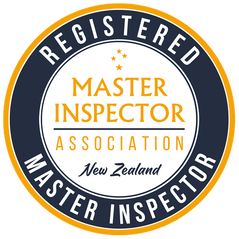 As Autumn approaches, days shorten and temperatures drop, it’s time for sweaters, fire pits, and pre-winter chores. Fall can be a busy season because you’re preparing your lawn, garden, and home for the approaching cold. As you harvest the last of your garden and give that lawn one last grooming, it’s also time to perform maintenance on both the exterior and interior of your home to ready it for the ravages of winter. Many people have more time on their hands at home because of coronavirus, so this may be the perfect opportunity to start a to-do list and knock off some of those must-accomplish fall chores. Follow these tips for a successful lawn, garden, and home care and maintenance in preparation for that first frost and beyond. The beginning of autumn in many parts of the country spells the time for seasonal transition, moving our entertainment and lifestyle more indoors. Now’s the time for homeowners to store outdoor furniture and other gear for the winter, deflate and store any pool toys, move plants indoors, and prep, maintain, and repair in anticipation of cooler temperatures. It’s time to book service appointments before you need your fireplace or heater to make sure everything is in good working order. In addition to professional servicing, we have some easy maintenance tips you can do yourself to make sure you’re getting your yard, garden, and home ready for winter. In the garden, there may still be much to harvest. Pick the last of the berries, tomatoes, corn, carrots, beets, and pumpkins. You can create great canning or preserving projects for the fall and winter months, bringing a delicious, just-picked taste to your winter table. Some states start experiencing their first frost dates in early October, so these homeowners will want to use September to begin their annual frost, wind, rainstorm, and winter protection tasks. Before the weather gets too cold, schedule time to clean and repair gutters, along with any needed roof repairs, chimney, or siding maintenance or fixes. We’ll walk you through some of the most important tasks to spend time on during the next month or two. Why Get Your Home Ready for Autumn and Winter? Why bother spending all the time and expense of working on your home and yard during the fall? Spending a little time and effort now can save you from surprises, like burst pipes and fallen, ice-filled gutters. Some steps taken now can save money in repairs later, during a more inconvenient time. If you need professional services for your home or property, now is a great time to schedule them. Consider booking a tune-up of your furnace system now, before servicemen are overloaded with appointments for repair as the cold weather challenges heating systems. You’ll be warm and toasty, thankful you didn’t procrastinate. Winter-Prep Tasks You’ll Need to Do This Autumn Getting your property ready for winter may seem daunting at first, but you can break down the tasks into manageable chunks of time and effort. You won’t have to accomplish them all in one weekend. Many homeowners prefer to start prep work outside and then move to the home’s interior projects as temperatures dip. Rake Leaves If your seasonal Autumn brings lots of fallen leaves, use them to your advantage. Depending on how many leaves are blanketing your yard, rake them up and dump them in a yard waste bin or add them to your compost pile. You can even work leaves into the garden soil or your yard, which will add critical nutrients for future benefit. If you have a lawnmower, you can mow over the leaves of your lawn with the mulching attachment engaged, mincing the leaves so they can be left on the lawn as organic fertilizer. Make sure, however, that you don’t leave wet, soggy piles of whole leaves on the lawn —this can suffocate growth and contribute to an unhealthy lawn. Regularly removing the leaves as they fall can be the best way to stay on top of this sometimes time-consuming annual task. Trim Branches, Plants, and Shrubs Take the time to prune back shrubs and plants, according to the recommendations for each species. Take a look at the trees on your property. Do branches or shrubs hang over or touch the roof, gutter, soffits, or sides of your house? You’ll want to trim those back, so winds won’t cause the branches to rub against roofing shingles or siding or break a window in higher winds. This action will also keep critters like squirrels, rats, and raccoons from using your roof as a playground and potentially finding or making holes into your attic. Decrease Watering Depending on your climate and your grass type, you may need to continue watering your lawn through the fall season. Cool-season grasses, which tend to grow in regions of cooler or wetter fall weather, may require you to keep sprinklers running longer. Warm-season grasses go dormant in the winter, so they may not need additional irrigation throughout the fall and winter months. If you’re finished watering your lawn until the spring, be sure to winterize your sprinkler system and outdoor faucets in preparation for freezes so you don’t have burst pipes and other issues. Knowing your grass type will help you plan for fall maintenance of your lawn. While there are many varieties of turf or lawn grass, there are generally two types of lawns for the yard: warm-season grass and cool-season grass. Which type you have is usually dependent upon where you live. Warm-season grasses include Bermuda, Zoysia, Buffalo grass, and Bahia. This grass type is most often found in warmer climates like the south and has a peak growing season from spring to fall; it can turn brown during the winter months but thrives in the hot heat of the summer. Cool-season grasses include bluegrasses, fescues, and ryegrasses and grow well in regions with cold winters and warm summers. They can stay green nearly all year. In periods of drought, these grasses need to be watered, or else they will enter a dormant period and turn brown. Aerate and Overseed Lawn Cool-season lawns should be aerated and overseeded in the fall. A core aerator removes small “plugs” of grass and soil and helps lawns receive more oxygen, sunlight, seed, and fertilization. After aerating a cool-season lawn it’s a great time to overseed the area and add the fall fertilization. Warm-season lawns tend to be aerated in the summer, not the fall. Fertilize and Feed Your Lawn Fall is a great season to feed your cool-season lawn, but warm-season grasses are going dormant and won’t require fertilization until the spring. Cool-season grasses use the fall months to recover from the heat and growth of the summer and may need a good dose of nitrogen. The exact fertilization requirements should be determined by conducting a soil test to see what nutrients the soil is lacking. Making sure your lawn has what it needs to stay healthy and weed-free is important, especially if you desire a nice green lawn next spring and summer. Mow and Edge Cool-season grasses are still growing in the fall months but probably won’t require as much mowing or edging compared to the summer months. Your cool-season lawn may just need mowing once every couple of weeks during fall. Warm-season lawns become dormant in the fall and winter months and stop growing so they won’t require mowing or edging. So, you can look forward to winterizing your lawnmower and edger and then taking a break from mowing until spring. Weed and Pest Control Cool and warm season grasses usually don’t require traditional weed or pest control in the fall months. However, cool-season grasses are sometimes susceptible to moss, so fall may be a good time of year to apply moss killer. This can also be done in the spring. Prepare your Flower Beds and Garden Along with lawn care, you’ll want to prepare your flower beds and garden for winter. This will include cleaning out rotted, dead, and dying plants. You’ll also want to remove invasive weeds, helping ensure they won’t return in the spring and work on your compost pile. Tend to plants, especially delicate flowers like roses. Read how to winterize your roses here. Preparing your soil for spring, adding nutrients, and planting cover crops in your garden (if you choose) should also be on your to-do list. Prune perennials (plants that will survive winter) and divide and plant bulbs for the following spring. Make sure your hoses have been drained of water, too. Don’t forget to mulch. Mulching helps retain moisture around plants, but it also protects your soil from erosion and keeps down weed growth. During fall and winter, mulch helps insulate the ground and roots from fast freezes and thawing. As a bonus, in the spring, mulch breaks down into organic material for natural fertilizer benefits. Don’t forget to bring in container plants that have enjoyed your back deck, porch, or yard. Make sure they’re bug-free. Then, enjoy cheerful greenery during those gray, chilly winter days. Indoor plants not only help clean your indoor air, but they can also lift your mood while adding a peaceful, natural ambiance to your interior decor. Repairs to Exterior of your Home Take advantage of cooler, comfortable weather to maintain and repair the exterior of your home. Examine and repair wood or vinyl siding, and look for cracks in concrete, brick, and other exterior materials. Seal up holes in soffits and fascia. You may also need to do an exterior home cleaning with a pressure washer. Examine and clean your roof and gutters. Inspect your roof to make sure it can withstand the weight of snow and ice if you’re in a colder climate. Replace any missing shingles, and make sure the flashing on your roof is in good shape. If flashing needs repairs, arrange that or, if you have skills in that area, tackle it yourself. Take stock of your outdoor lighting and change bulbs if needed. It will be much easier to change bulbs now than when there’s ice or snow on the ground. Make sure steps and porch handrails are in good working condition and sturdy since you may rely on them more during icy, snowy weather. Make repairs to walkways that may become hazardous with winter weather. If you have any vegetation blocking security camera views, trim those back. Insulation If you live in a northern climate, check the insulation around your pipes before cold weather arrives. Exposed pipes in unheated spaces or near exterior walls can freeze and then burst, flooding your home. This can-do extensive damage to your house and requires significant time out of your home and expensive professional restoration. Making sure pipes are insulated can help prevent this. Foam pipe sleeves are easy to install, and you can also use pipe wrap. You can also add wall insulation, use faucet covers on your outdoor spigots, and insulate the space where pipes go through walls. After you’ve addressed insulation for your pipes, take a look at the insulation under your home and in the attic. Adding or upgrading your insulation is another great way to ensure your home is operating efficiently this winter and can help reduce your monthly heating bills. Make a List Having a running list of fall-prep maintenance and repair tasks may help you keep on top of everything you need to accomplish during the weekends or when you have time available. For instance, your list may look like this:
Inside Autumn Maintenance Don’t neglect the inside of your home when you’re prepping for fall and winter. Check and replace batteries (if applicable) of carbon monoxide alarms and smoke alarms and inspect your fire extinguishers to make sure they’re still viable. Make sure all family members know where fire extinguishers are kept. Check for air leaks and potential heat loss within the home. Unwanted drafts can lead to a more expensive heating bill over the winter, so use these tips to get started.
Just as your air conditioner works hard during the summer, your heater labors during the colder months to keep you comfortable. Nip any future problems in the bud by scheduling a fall checkup for your heating system. Ask your repair professional to check for any air leaks and/or heat loss. Make any repairs needed now, and not in frigid temperatures later on when furnace repair professionals are in more demand. Ready your Fireplace for Winter Your fireplace should be a source of warmth and comfort, not a danger hazard. Unfortunately, every year thousands of people (including children) are seriously injured by fires. Some 14,000 house fires each year originate in the fireplace, so the more you know how to maintain your fireplace (and safely use it) the better. Fireplace safety tips include:
Do it Yourself or Hire a Pro? Are you a do-it-yourselfer, or would it make more sense to hire a professional for some of the winter prep jobs? Consider the value of your time and the expertise of someone else. Are you working too many hours to can’t comfortably spend the time needed for the repair or maintenance? Do you have the tools? The skills? If not, maybe it’s time to call in the professionals for a job well done. Prepare Now for Peace of Mind Later As you snuggle up in front of your fireplace this winter, warm and cozy, you’ll be glad you spent some extra time preparing your home this fall. A little work this fall repairing and maintaining your yard and home will result in an abundance of peace of mind later. With preventive maintenance, you will have cut down on the chances of frantically searching for—and waiting for—an emergency furnace repairman or trying to find someone to fix your fallen gutters in freezing weather. Instead, you’ll enjoy your warm home and look forward to each season’s delights and challenges. Originally posted on Porch.com EQC On-sold earthquake repair programme, Christchurch
On 15 August 2019 the Government announced a programme so that owners of on-sold over-cap properties in Canterbury are able to apply for financial help to have their homes repaired. If you’ve bought a home in Canterbury before 14 August 2019 and discovered that it is damaged over the EQC cap, you may be eligible for an ex gratia payment to cover the cost of repair. The deadline for homeowners to apply for the ex gratia payment has been extended by two months. You now have until 14 October 2020 to register. After that time, the programme will not be available.
Find out if you qualify and how to apply? Depending on when you purchased your property and how it was settled you may be able to receive an ex gratia payment equal to the agreed cost of repair. You may be eligible to receive the payment under the support package if you meet all of the following:
In order to determine your eligibility we ask that you supply the following documents within 60 days of registering your interest:
Once your eligibility has been confirmed you will be asked to provide expert reports detailing the earthquake related damage and outlining the appropriate repair strategy. A Settlement Specialist will be appointed to guide you through this process. Where you have not identified any additional earthquake related damage, but have expressed your interest to ensure that you didn’t miss the application deadline, we ask that you tick the 'Registration only' box on the on-sold property register of interest form. If you tick this box, we will not progress your application until you contact us again. We will then provide you with a Settlement Specialist to guide you through the process of providing us with the relevant information. You can claim for damage that is undercap at any time. Where repair costs exceed the EQC cap an application is required for the On-Solds Programme, and must be registered on or before 14 October 2020 to be considered for eligibility. If you would like to register your interest for the ex gratia payment please use this on line On-sold application form. Alternatively use our printable register of interest PDF form. You can also call us on 0800 DAMAGE (326 243) or email info@eqc.govt.nz If you have issues with your application progressing please email onsoldescalations@eqc.govt.nz CLICK HERE! We are very happy to announce that we are now qualified professional members of the MIANZ (Master Inspector Association of New Zealand). This is another feather in our cap, as we pride ourselves on continued professional devoplement and industry education. MIANZ values members experience in the home and property inspection industry while promoting best practice inspection standards through better collaboration between registered master inspectors and ongoing inspector education. The Registered Master Inspector® RMI® designation represents an inspection industry qualified inspector insofar as their experience preforming property inspections over a prolonged period is in fact a critical qualification most likely to give property owners and purchasers the most accurate summary of the buildings defects through the inspectors insights and experience in how different building materials and systems age and fail. The Registered Master Inspector® RMI® will be in good standing and highly competent in documenting defects in such a way as all parties involved in the transaction will, after reading the property report, reach a similar conclusion and understanding as to the extent of the defects so the client may correctly identify the property's suitability to their individual threshold for maintenance and repair. Call us today phone: 021 143 2995 www.mianz.org.nz Best! Google 5 star reviews - Trusted Inspectors
Call us first for best prices... 021 143 2995
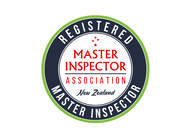 Finding a great inspector requires looking beyond their credentials, don’t wait until you have an accepted offer to look for one. You want to allow time to select the right candidate to hire an experienced professional with the right fit for your requirements. After all, a pre-purchase house inspection is your one opportunity to get a clear view about the condition of your proposed investment, for many, will be the most expensive purchase of their lifetime. Follow our advice on how to find a truly great house inspector. Beware of the Real Estate agent's referrals. Your real estate agent might offer to give you some home inspectors’ names. They may be perfectly well-meaning—or not—but the references present a conflict of interest. A real estate agent wants to close the deal, and that incentive may be at odds with that of the inspector, who gets paid for his report. If the report raises too many issues, or serious ones, it can be used to negotiate a lower price or even scuttle the deal. An inspector who has been referred by your agent may feel obligated to go easy on the inspection. “Unless you really trust your agent, find your own inspector,” says Dean Norrie, Director of Savvy Houz Inspections, Christchurch 2020. Check Credentials. Hiring someone who’s certified by a professional organization can give you a bit more assurance that the inspector is knowledgeable. Certification from MBIE, LBP builder for instance, a Government regulated New Zealand Organization or Self regulated professional bodies like the MIANZ and NZCB is a good start to look. Compare; Sample Inspection Reports. The best way to determine how thorough an inspector will be and how well he will communicate the problems he finds is to ask for a sample report of an inspection he has done on a home like the one you’re considering buying, Dean says. “The sample report will show how much work they’re going to do,” he says. After comparing reports from a few inspectors, you’ll begin to see which ones are detailed in their observations and which are just filling their reports with generic information such as the importance of sealing a wood deck or caulking around windows to improve energy efficiency. Training and Experience. In addition to professional certifications, look for someone who is a qualified builder and has been in the field of inspecting house for several years. He’s more likely to have seen a variety of home types and a broad range of the type of house issues identified regularily. Ask? What do you get for your money. Inspectors typically charge around $500 to $1,000, depending on the home’s location and size, the inspector’s experience, and the scope of the inspection itself. Check what you get included and what extra cost may be required? It would usually cost extra to check the floor levels, moisture screening and thermal imaging if required. Savvy Houz Inspection - 021 143 2995 - www.savvyhouz.co.nz Insulation If you want a warm and healthy home, the first thing you need is efficient insulation. New Zealanders have come a long way from the days when the only home insulation was a rug over the knees on cold winter nights. All insulation works by trapping a layer of warm air within the building’s ceiling, underfloor and wall layers. The theory is straightforward but the practicalities are not. For a start, there are many different types of insulation on the market. Which product is best for you? They all have their pros and cons. Here’s a quick guide to the main types of home insulation on the New Zealand market. Fibreglass insulation This is the type most familiar to Kiwis. We’ve all seen the TV ads. It’s commonly made from recycled glass and offers excellent thermal performance, i.e. it traps heat more effectively than most other materials of the same thickness. On the downside, the glass fibres can be irritating to skin and eyes, while some people have concerns about the chemicals used to bond the fibres during manufacture. Polyester insulation This is often made from recycled plastic, such as PET drink bottles – an eco-friendly way to turn a waste product into a green insulation resource. It offers a good level of insulation performance, especially when installed as a large ‘blanket’ that rolls out to cover the entire roof space, including joists. This is an excellent way to minimise hidden heat loss. Harrisons Home Energy Solutions uses a polyester insulation brand that contains no chemical additives, unlike some fibreglass insulation products. Wool and wool blend insulation The stuff that keeps sheep warm can also be used to keep your home snug. It’s a natural product, which makes it pleasant to handle. Some brands of wool insulation are blended with resin and polyester to improve their effectiveness. Wool insulation does not work as well as some other types of insulation, so you may need to pay more to install a thicker layer. Foil insulation This is basically a special kind of paper coated with bitumen and aluminium foil. It relies on its shiny surface to reflect heat, so corrosion and dust can reduce its effectiveness over time. Foil used in isolation by itself is no longer accepted as complying with the Building Code for underfloor insulation. Foil Insulation - A ban on retrofitting or repairing foil insulation in residential properties came into force on 1 July 2016, to reduce the safety risks associated with installing this product. The ban, declared by the Chief Executive of MBIE, applies to the following building methods: •the installation of foil insulation into residential buildings with an existing electrical installation (retrofitting foil insulation) •the repair of foil insulation in residential buildings with an existing electrical installation (such as stapling ripped or damaged foil back onto the floor joists of a building). Polystyrene insulation Polystyrene foam is a good insulation material that’s used increasingly in new buildings. It’s a product of the petrochemical industry so is not particularly eco-friendly. However, it needs expert installation to ensure there are no gaps where heat can leak out – these will drastically reduce its effectiveness. Appendix A - Building Code performance settings for retrofitted insulation The Building Code performance criteria listed below are the relevant provisions of the Code to consider when assessing retrofitted wall insulation and whether it complies with the Code. Other Building Code performance criteria may also need to be considered for the building work associated with retrofitting insulation. For example, removing and reinstating structural wall linings or drilling holes through studs would require compliance with the Building Code clause B1.3.1. However the insulation itself does not need to comply with B1.3.1 as it is not part of the structural system of a building. It is useful to highlight upfront that the R-value of the retrofitted wall does not need to comply with the Building Code clause H1 Energy efficiency. There is no doubt that insulation is retrofitted to improve the wall R-value, but from a regulatory point of view retrofitting insulation is simply an alteration of the ‘thermal envelope’ described in H1.3.1(a). Unless the cladding, framing and linings of the wall are also reconstructed it is hard to consider how the ‘thermal envelope’ has been reconstructed, which would trigger compliance with H1.3.1(a). Therefore, the energy efficiency provisions of the Building Code are not mentioned in this section, which lists the performance criteria that insulation retrofits must comply with. Durability B2.3.1 Building elements must, with only normal maintenance, continue to satisfy the performance requirements of this code for the lesser of the specified intended life of the building, if stated, or: (a) the life of the building, being not less than 50 years, if: (iii) failure of those building elements to comply with the building code would go undetected during both normal use and maintenance of the building. Guidance: The durability requirement in the Building Code applies only to the extent that other Building Code performance criteria apply. The Building Code requires 50 year durability for building elements that are difficult to access or replace, or where failure of the building element to comply would go undetected. The durability requirement is not relevant to E2.3.6, which relates to moisture at the time of construction (see External moisture below). Common types of insulation are likely to meet the performance criteria F2.3.1 for a period of 50 years. Unusual types of insulation or very harsh environments may cause insulation to degrade over time and produce hazardous materials, though such a possibility could only be assessed on a case-by-case basis. External moisture E2.3.6 Excess moisture present at the completion of construction must be capable of being dissipated without permanent damage to building elements. Guidance: Moisture levels in most types of insulation should be at acceptable levels when installed. Moisture levels in insulation that is installed wet are likely to drop over time, provided the existing wall is vapour permeable and does not have pre-existing moisture problems. However, compliance of insulation that is installed wet with NZBC E2.3.6 will be difficult to assess given the variability in drying rates that occur and would need to be assessed on a case-by-case basis that could involve measurements. There is no acceptable solution for the dissipation of construction moisture from retrofitted insulation. Although not directly applicable, the Acceptable Solution E2/AS1 does provide a useful upper limit of 20% for timber moisture levels in timber framed walls13. The water content of some types of insulation that are installed wet is approximately 75% by weight, so the insulation must dry out after it is installed. The moisture content of adjacent timber framing should not exceed 20%, as suggested by the Acceptable Solution. A study of moisture levels in cavity walls show that drying rates vary widely depending on the type of wall construction, temperature and ventilation rate14. Drying times of 600 hours (i.e. 25 days) were measured for timber framing in south-facing, direct fixed walls with insulation installed in the framing cavities. In a separate study, moisture readings of timber framing in a brick veneer wall took approximately 60 days to drop below 20% moisture content after urea-formaldehyde foam was injected into the wall drainage cavity15. It was noted that the drying rate, which was measured in summer, would be significantly worse in winter and would likely result in south facing walls staying ‘wet’ throughout winter. Factors that will affect the drying potential of insulation in a cavity wall include,
Hazardous materials F2.3.1 The quantities of gas, liquid, radiation or solid particles emitted by materials used in the construction of buildings, shall not give rise to harmful concentrations at the surface of the material where the material is exposed, or in the atmosphere of any space. Guidance: Provided insulation is properly manufactured and installed, in accordance with manufacturers’ instructions, it is likely that it will comply with F2.3.1. There is no Acceptable Solution covering hazards associated with insulation. However, off-gassing and small airborne particles are the primary hazards to consider with insulation. A number of different chemicals are used in various types of insulation materials and in the binders that hold some types of insulation together. While such chemicals can be hazardous in high concentrations, generally the concentrations that are associated with thermal insulation are not high enough to be considered problematic. Formaldehyde is such an example, and while relatively common in many different building products it is generally not found in sufficiently high concentrations to be considered hazardous. WARNING: Retro - fitting wall insulation requires a council building consent.
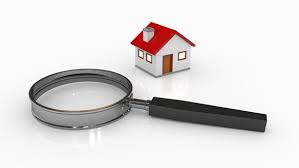 Book a pre-purchase house inspection. You have a range of options, from enlisting a builder mate to using a qualified and insured inspector. Whoever does the inspection should check the entire property. They should identify any significant defects, future or urgent maintenance issues and problems caused by gradual deterioration. They should look for structural problems, any signs that the property is a leaky building, issues caused by deferred maintenance (such as weatherboards rotting due to peeling paint) and areas where there is damp or mould. A good property inspection isn’t cheap,($600-$1100) but if you buy a property based on advice from a builder mate who is unqualified and/or uninsured, you could end up owning some expensive problems. Even worse, you may severely limit your ability to seek damages if the property has significant issues that would have been picked up by a more thorough inspection. One option is to make the inspection a condition of your offer on a property. If you do this, the report must be prepared by a suitably qualified building inspector. If you then use the report’s findings to get out of the contract, you must provide the seller with a copy of it. Either way, the more you invest in this exercise the safer you will be if things don’t turn out as you had expected. You have limited other avenues if the property is not as sound as you expected. You may be able to rely on the warranties included in the sale and purchase agreement by the seller. They are required to confirm that (among other things) any work they have done on the property was carried out in accordance with any necessary permits or consents required by law. You may also have other legal options which you should speak to your lawyer about. If you are looking to buy it’s a good idea to get in touch with a local building inspector as soon as you start your property search. Ask friends and family for their recommendations and request a sample report from any inspector you contact to get an idea of the kind of information they provide. Depending on what a building inspection finds, you may be able to use a report to help you negotiate with the vendor over price or repairs. Even if a report only finds minor issues, you can still use it as a road map for future maintenance. Want to know where to find a qualified inspector? www.lbp.govt.nz or us at www.savvyhouz.co.nz https://www.settled.govt.nz/buying-a-home/researching-the-property/learning-about-leaky-buildings/ |
BLOG
March 2024
Categories |
||||||||||||||||||||||
LocationLocated on Grahams Road, we are right in the centre of Christchurch, making it a lot easier on the whole for people to reach out to us for help at any time during the day. |
|

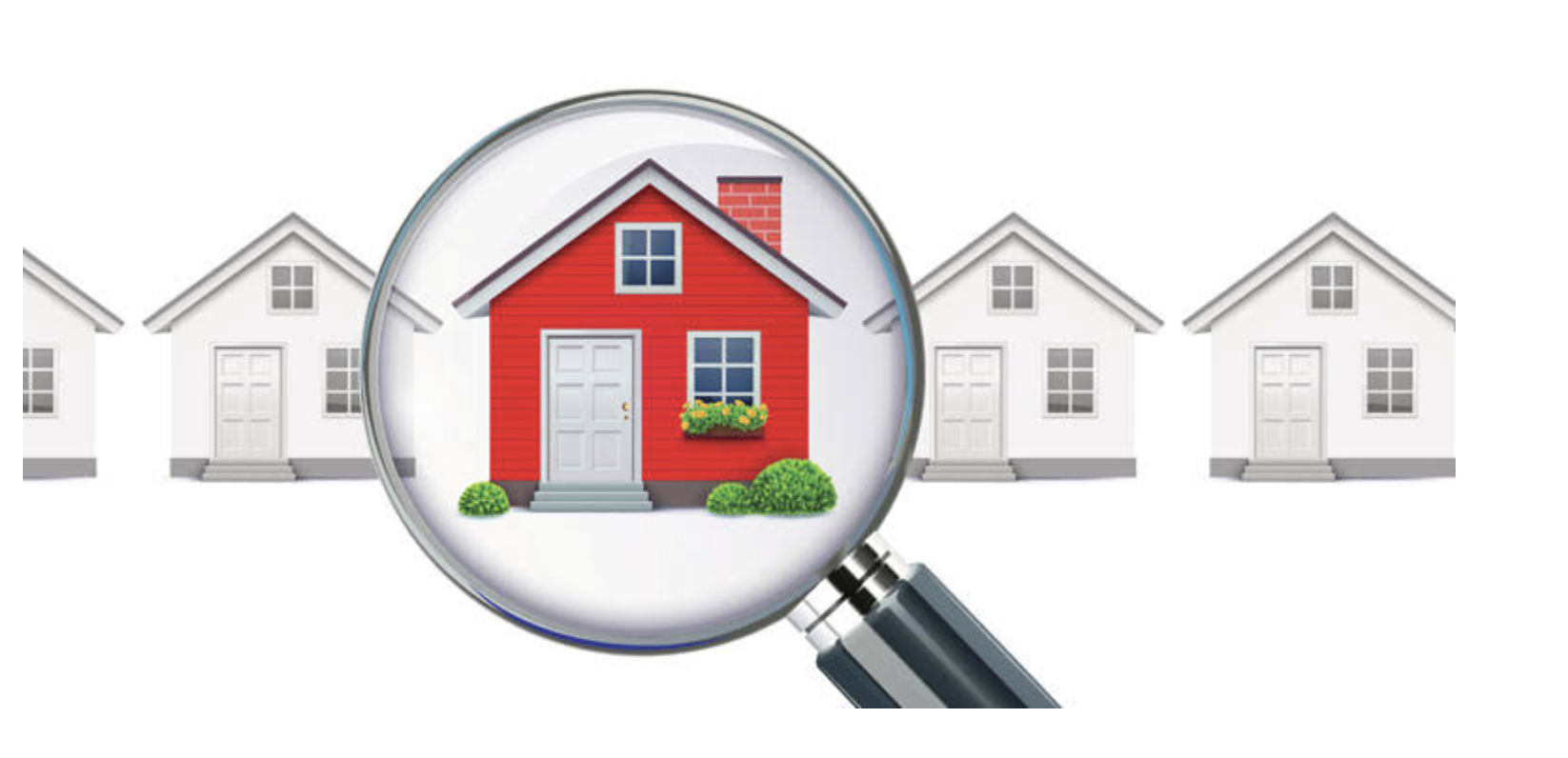




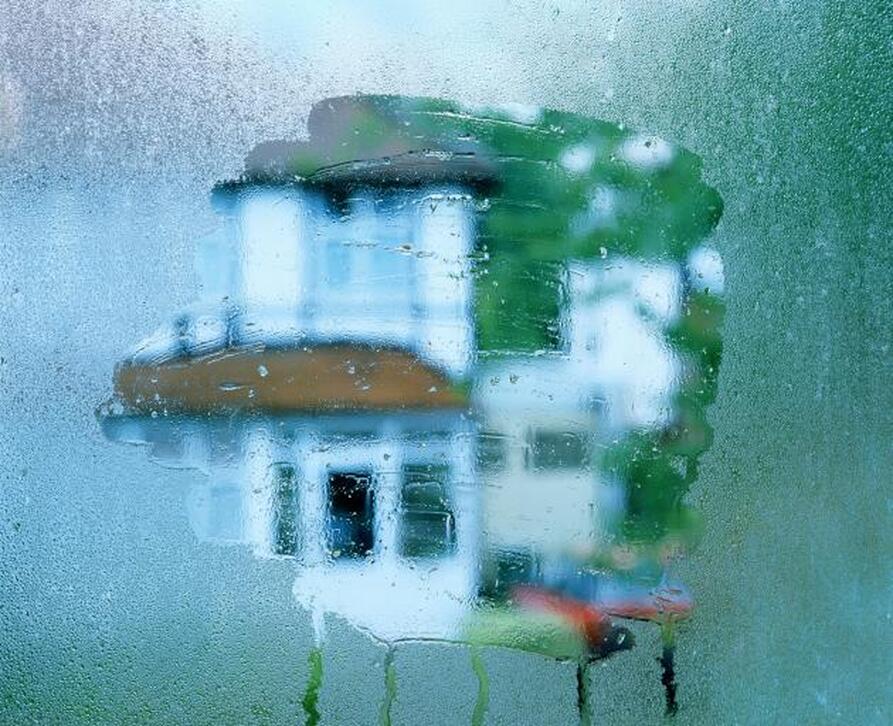







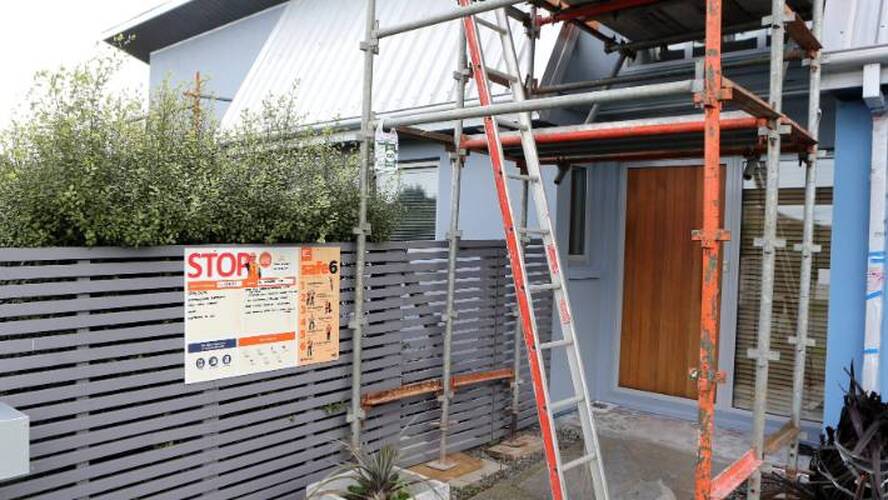
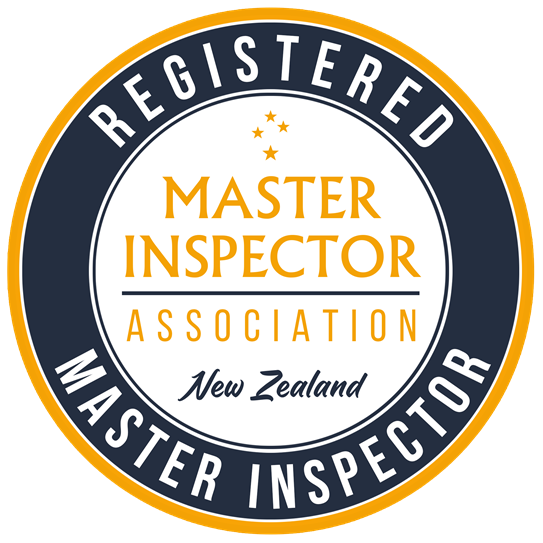
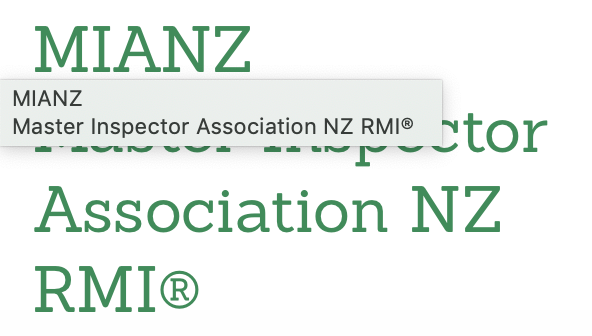
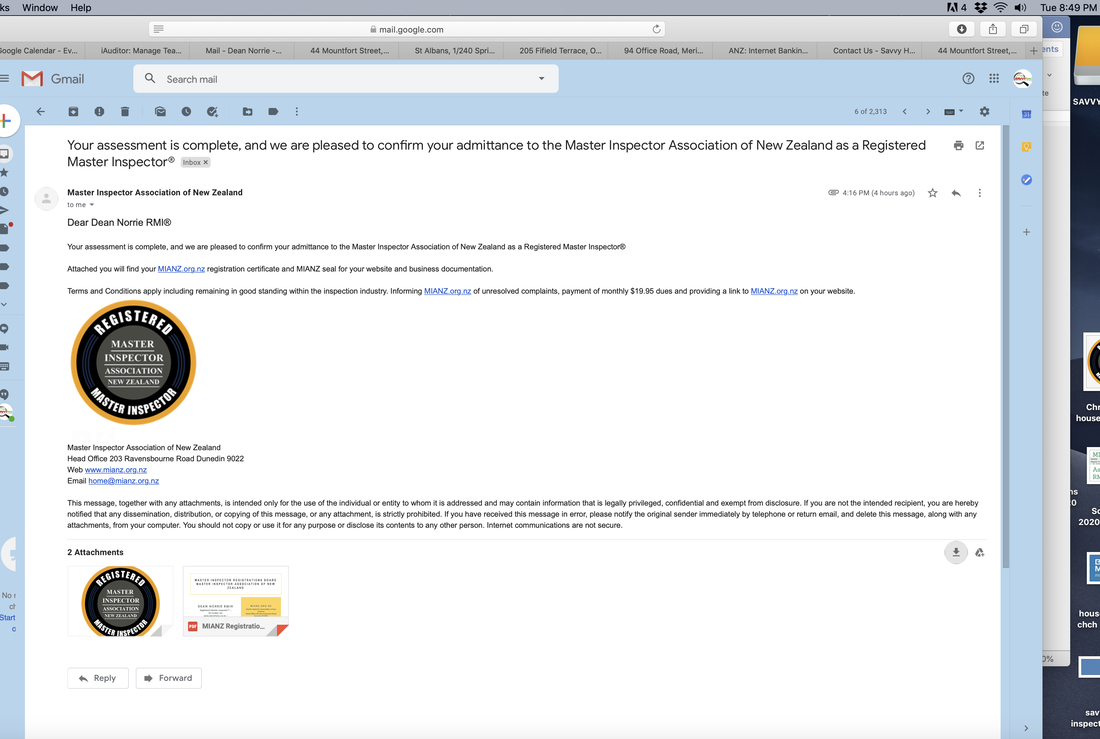

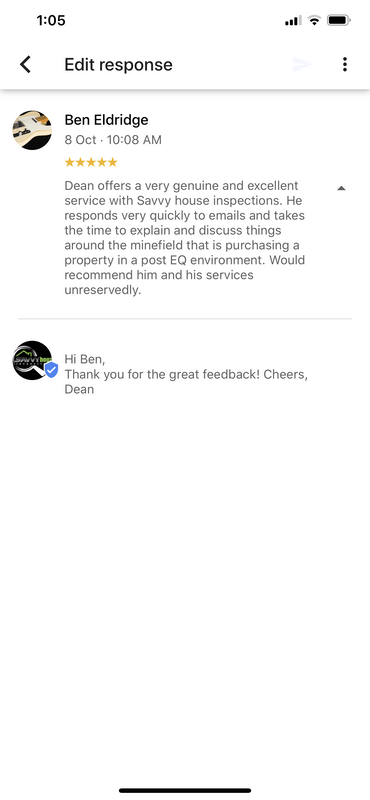



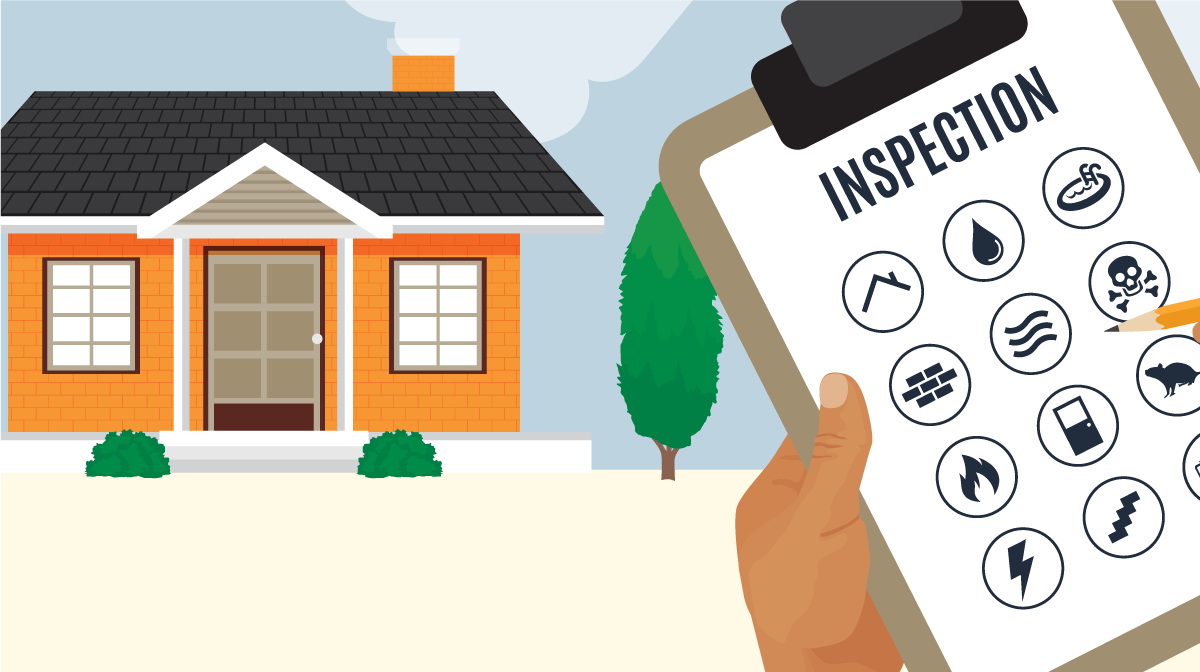


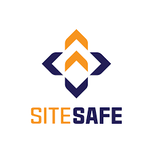
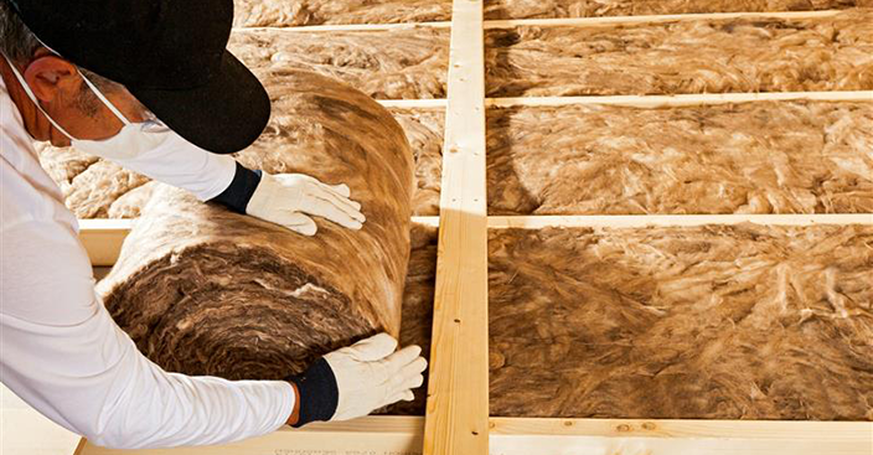
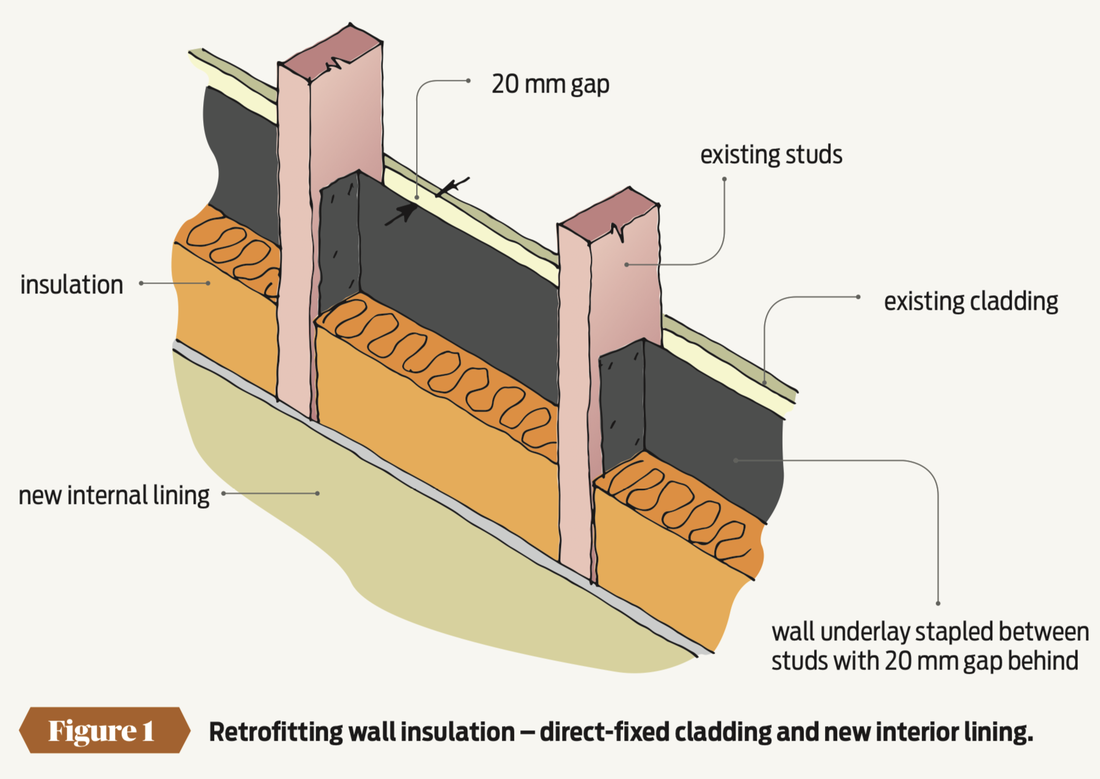
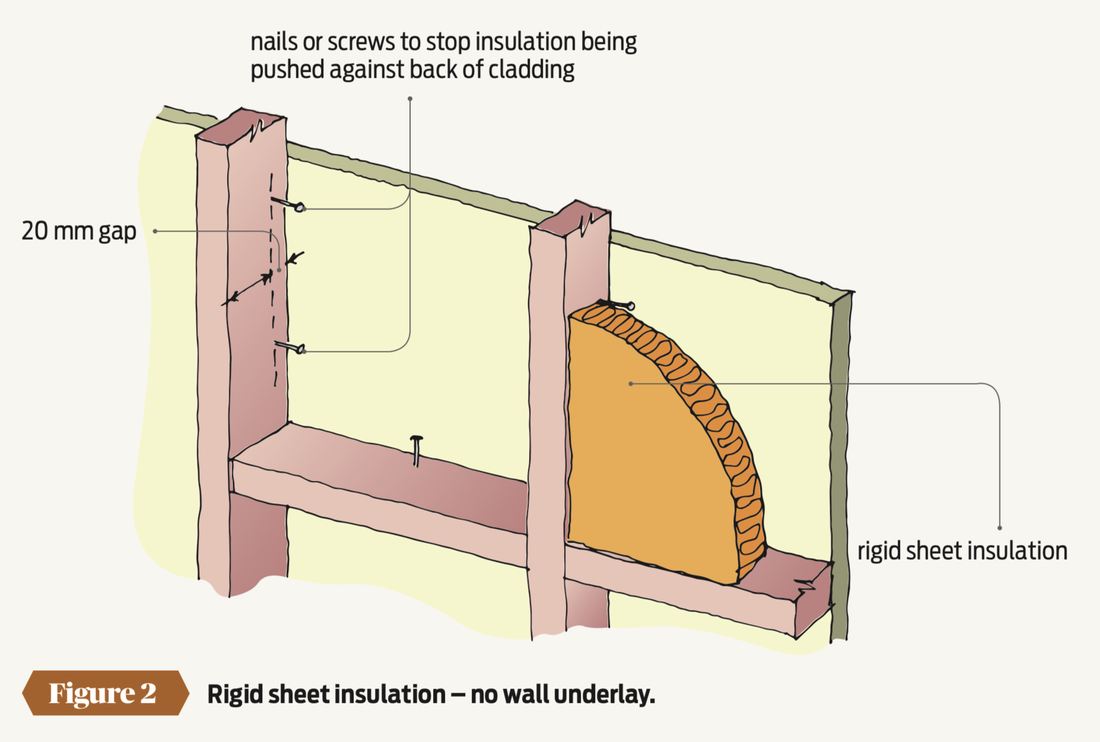
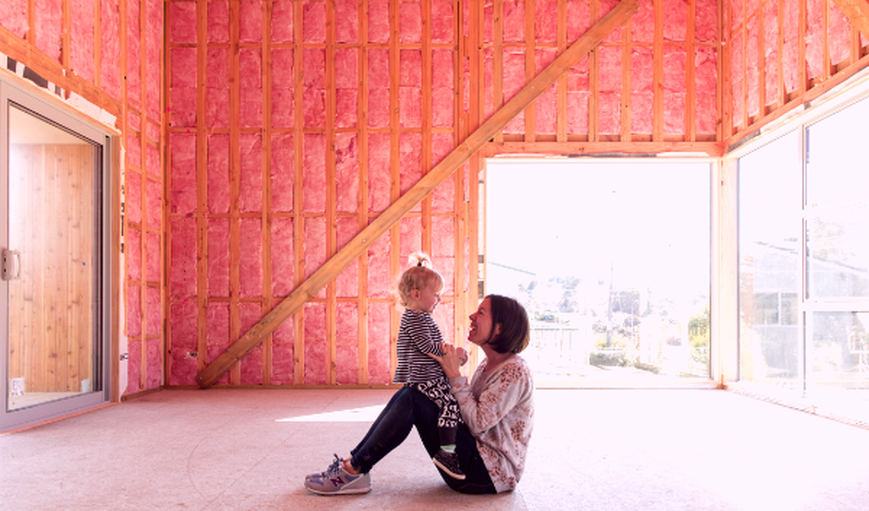
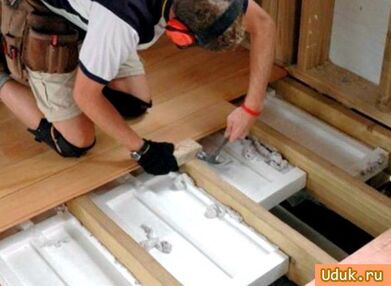





 RSS Feed
RSS Feed